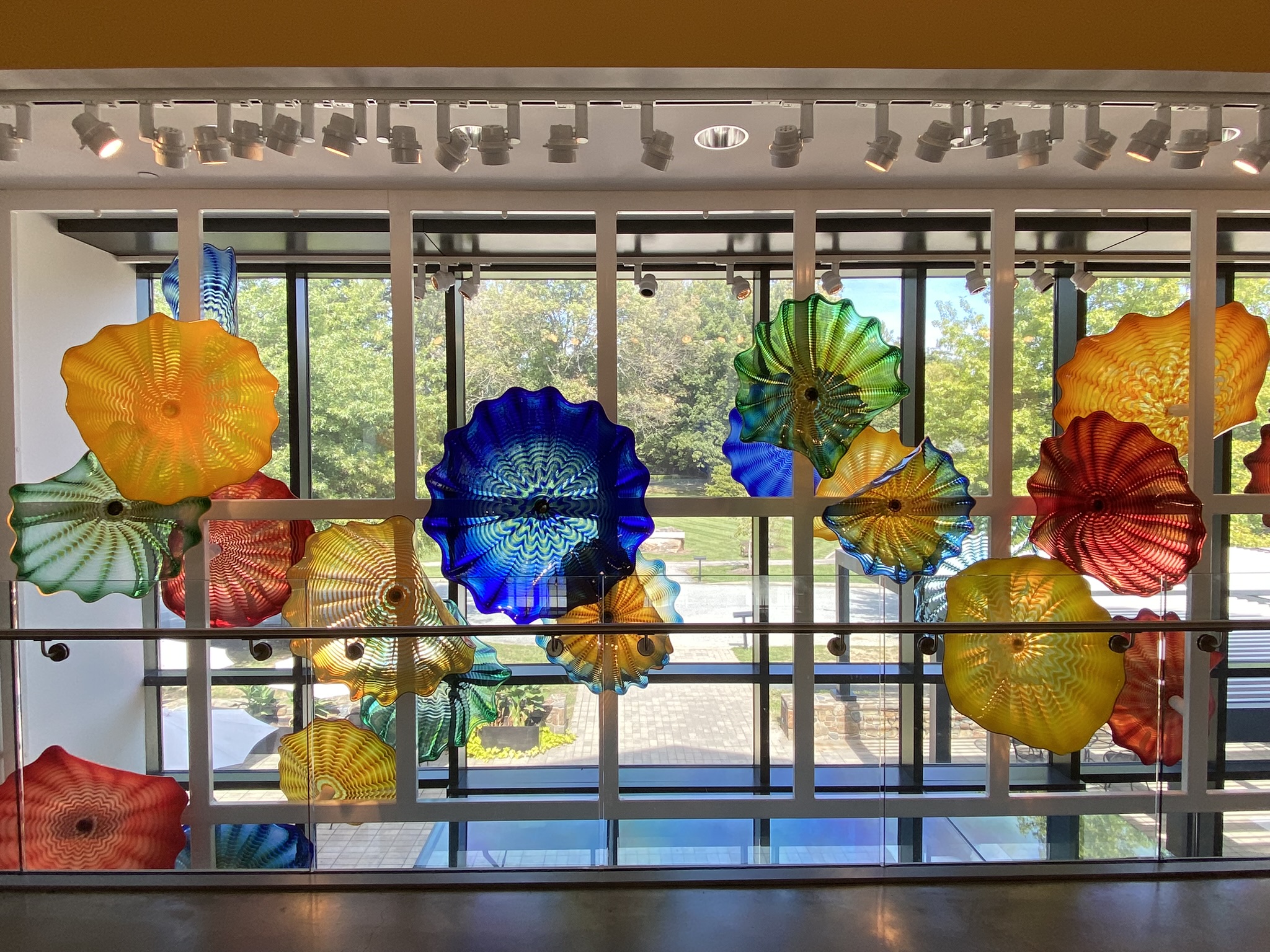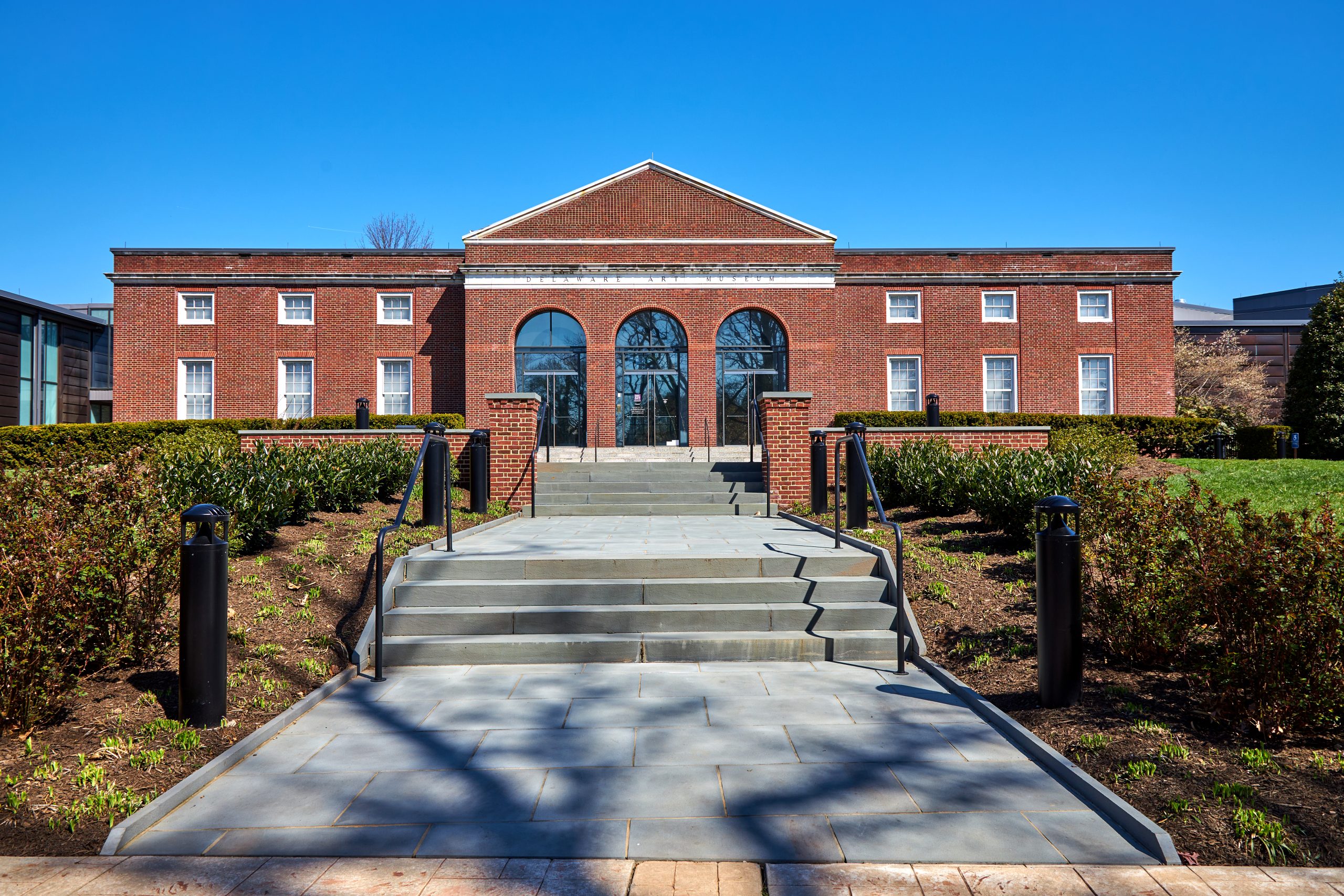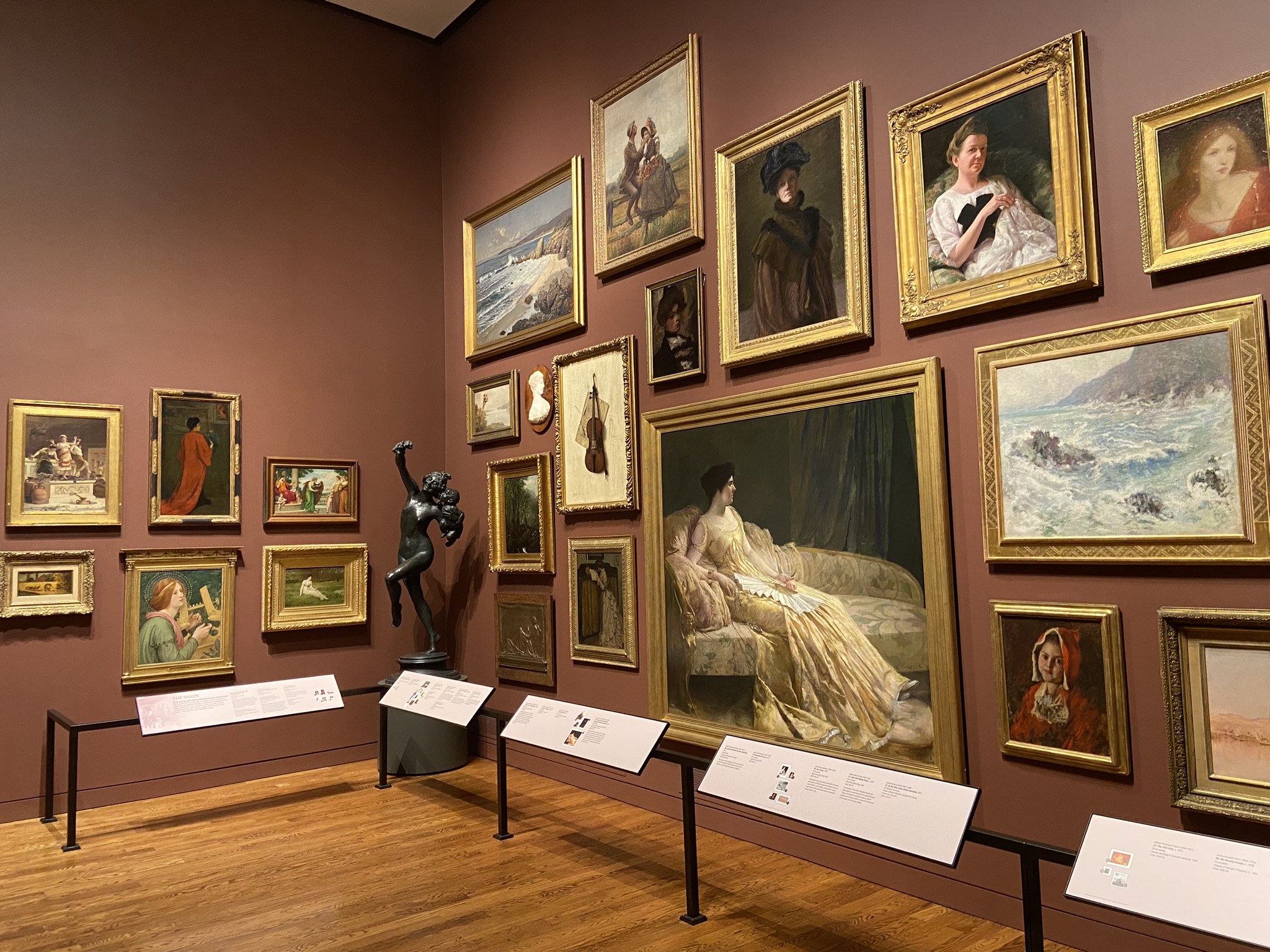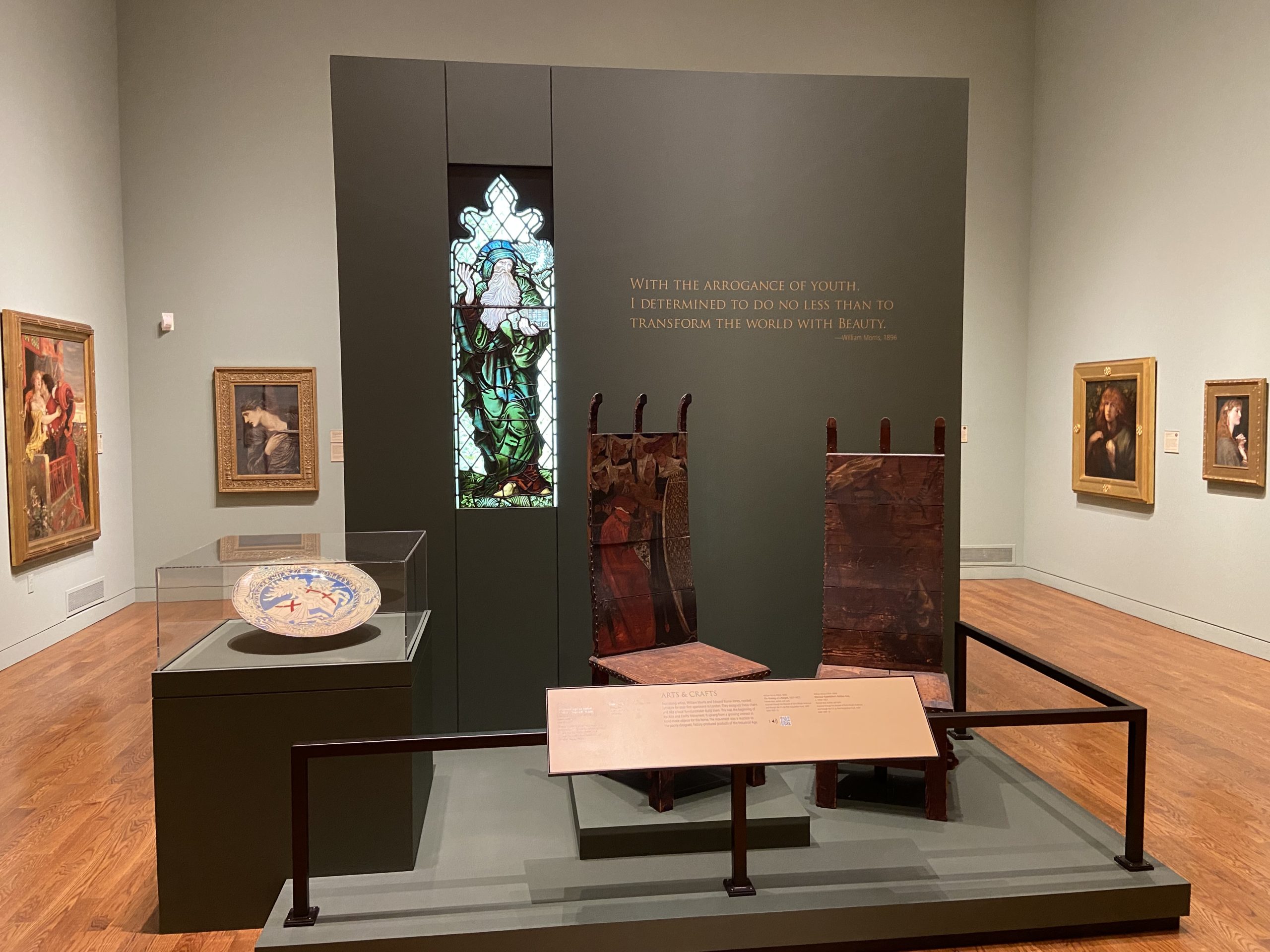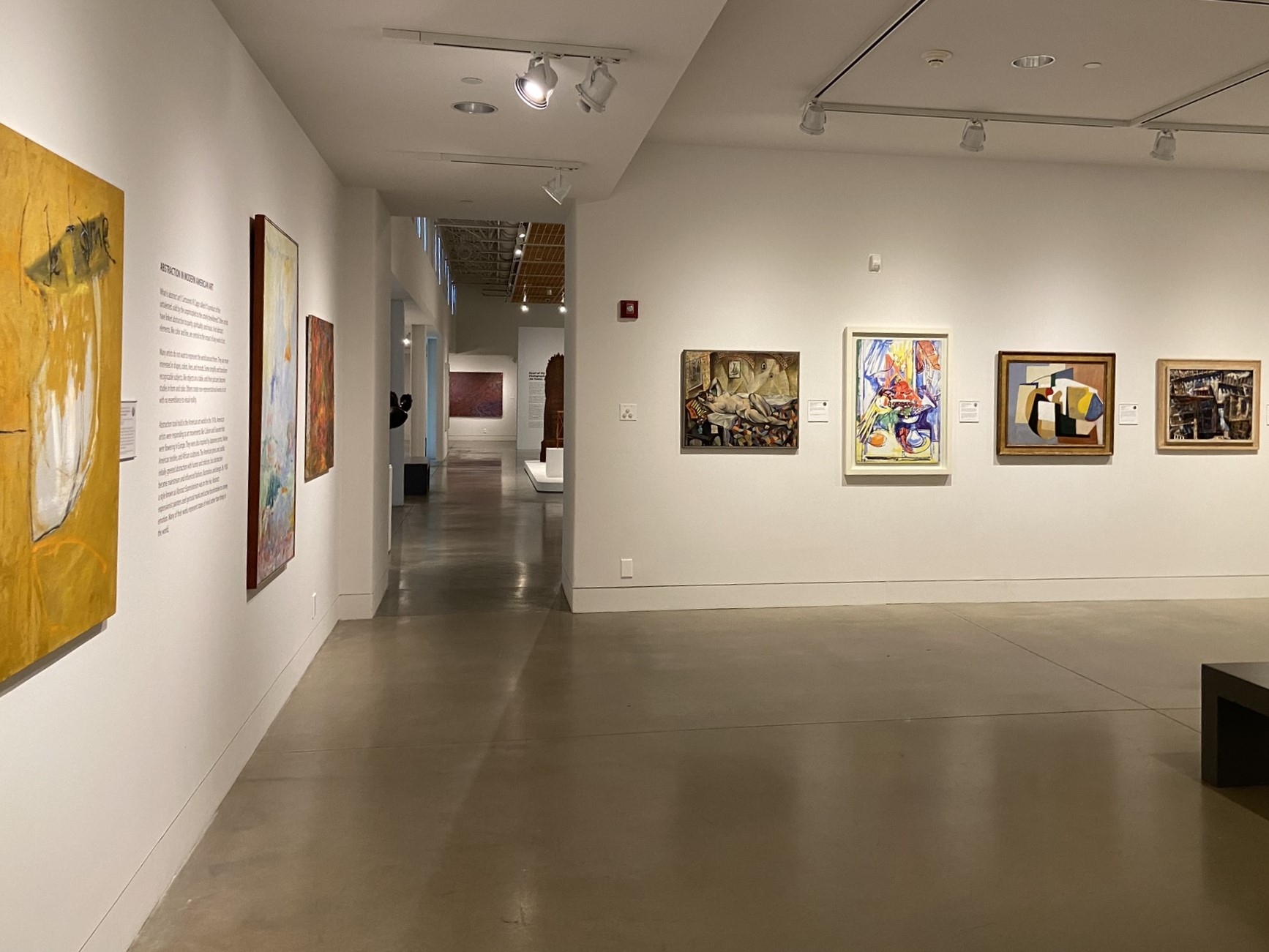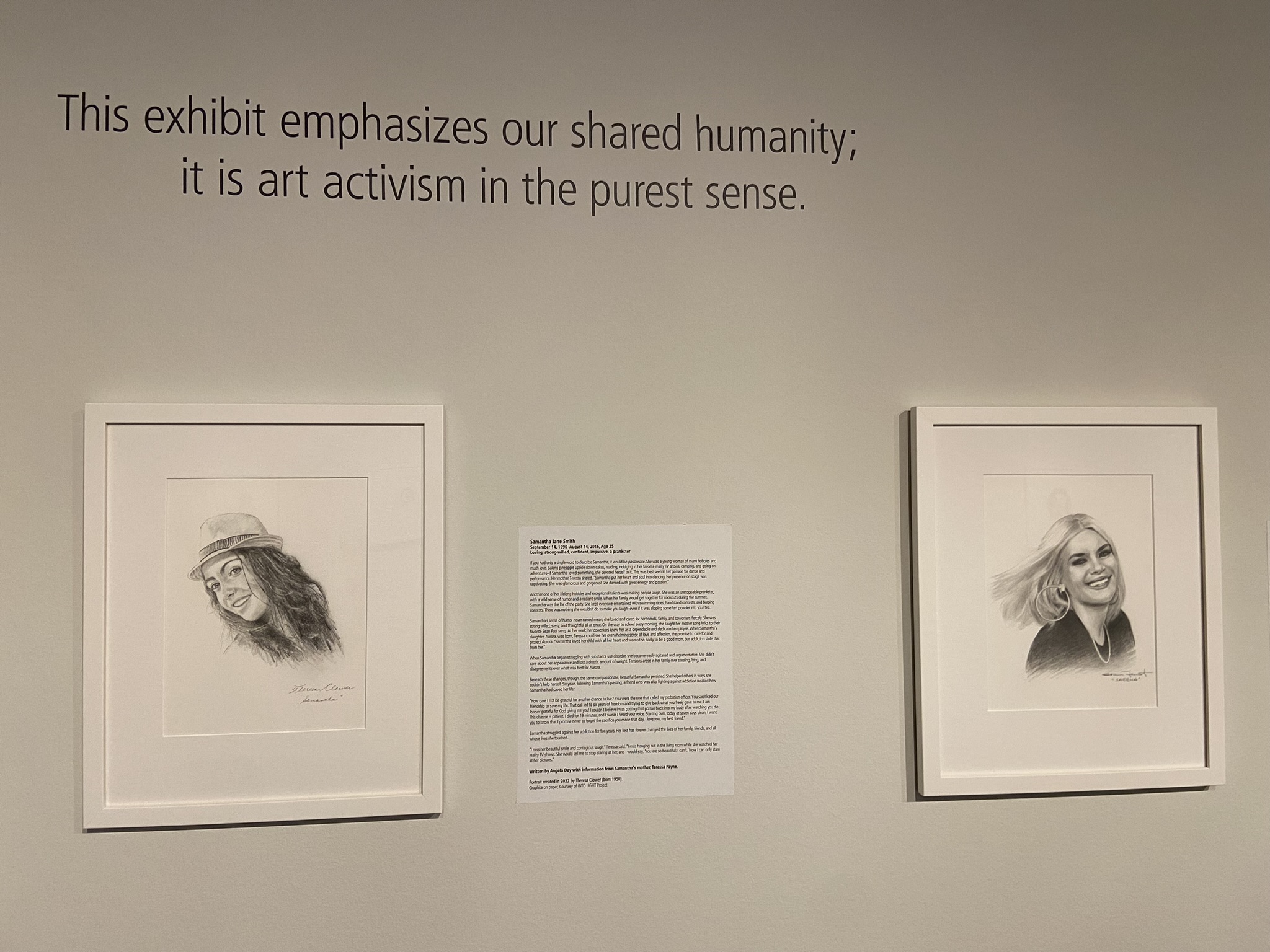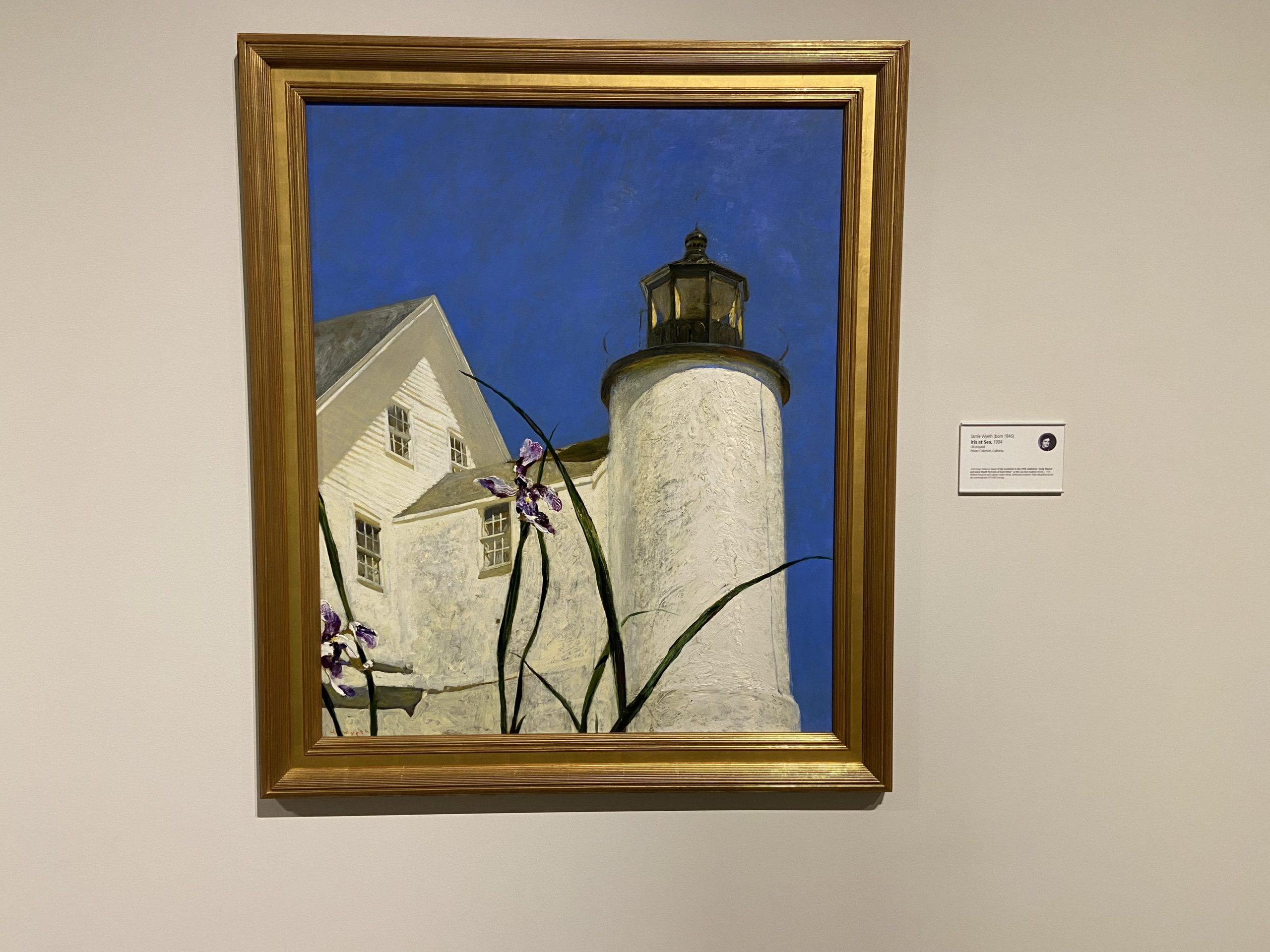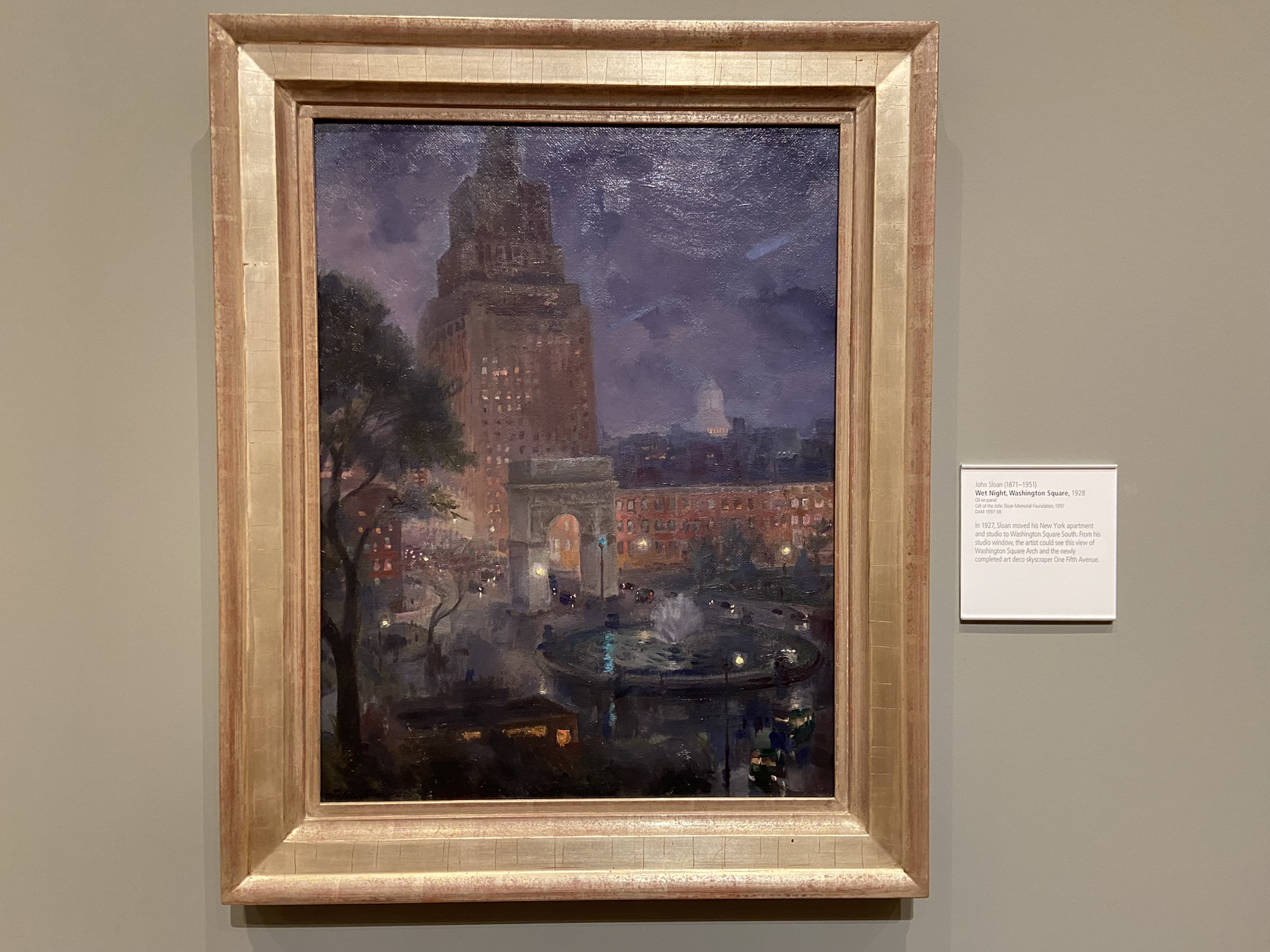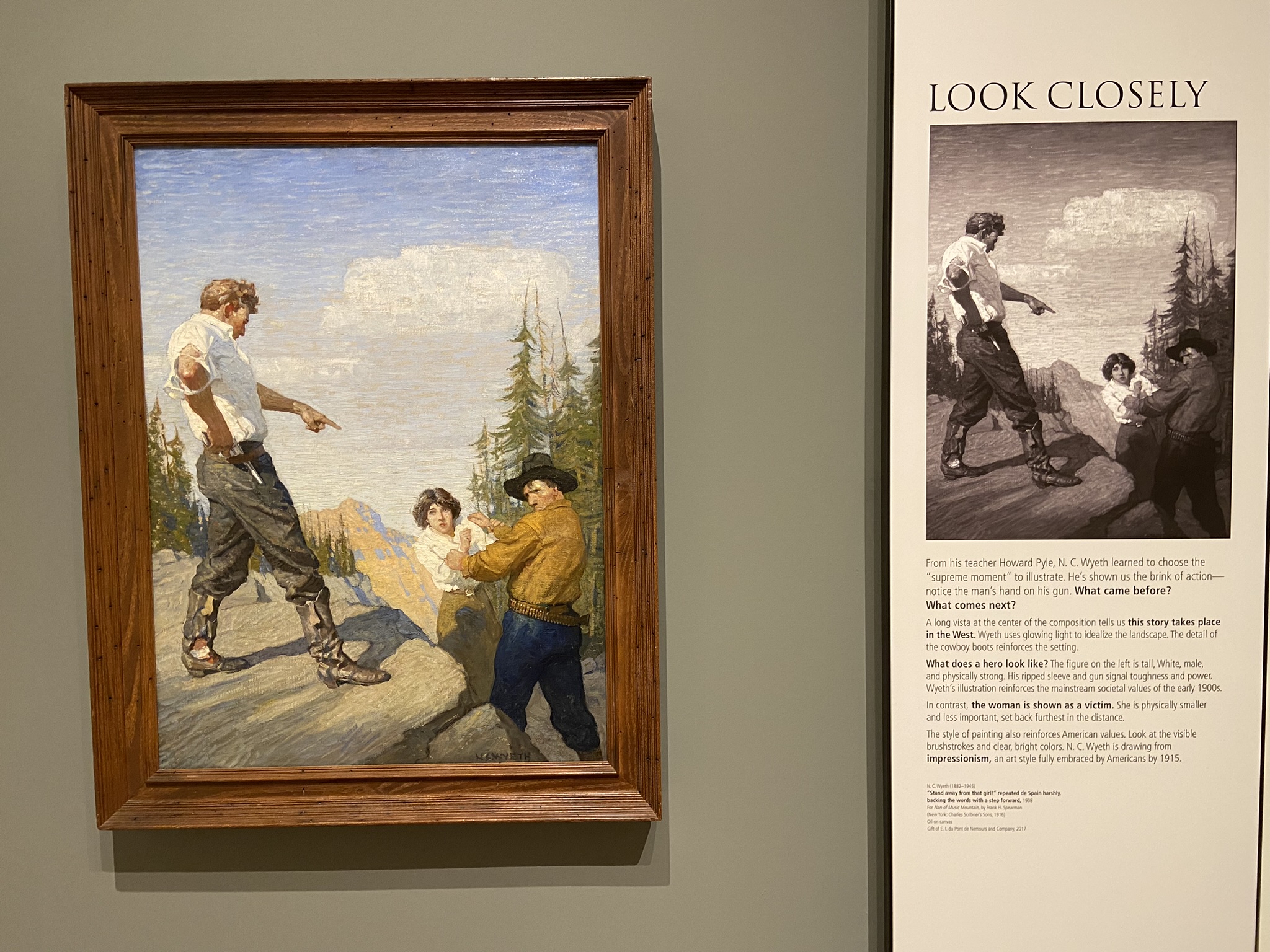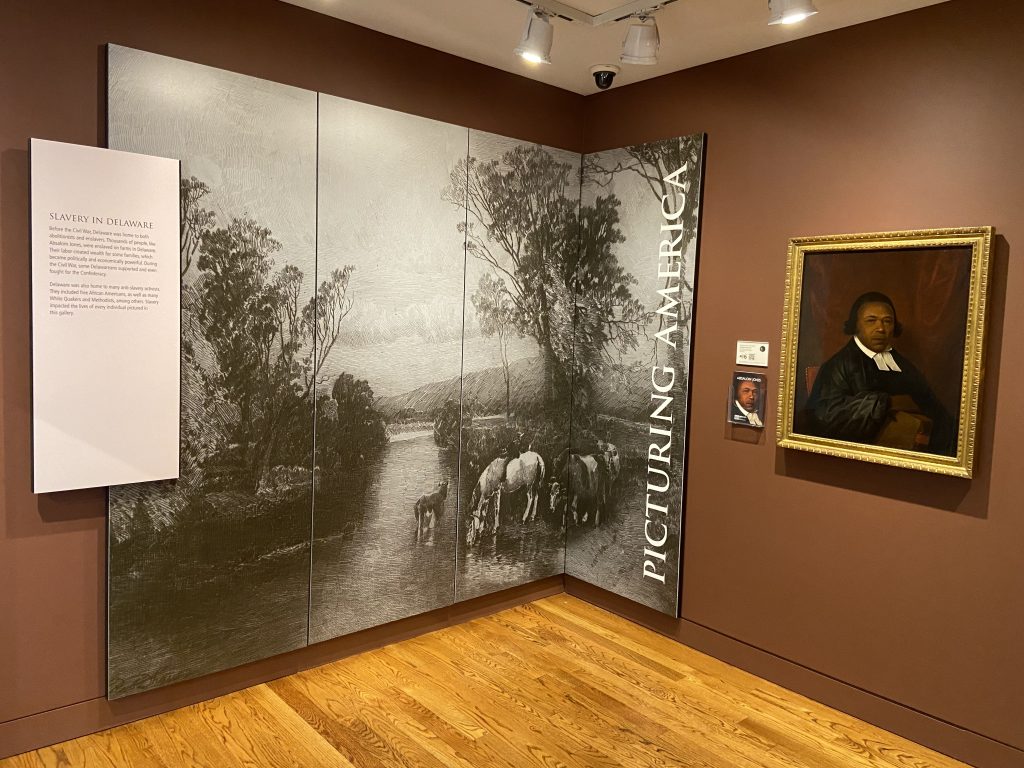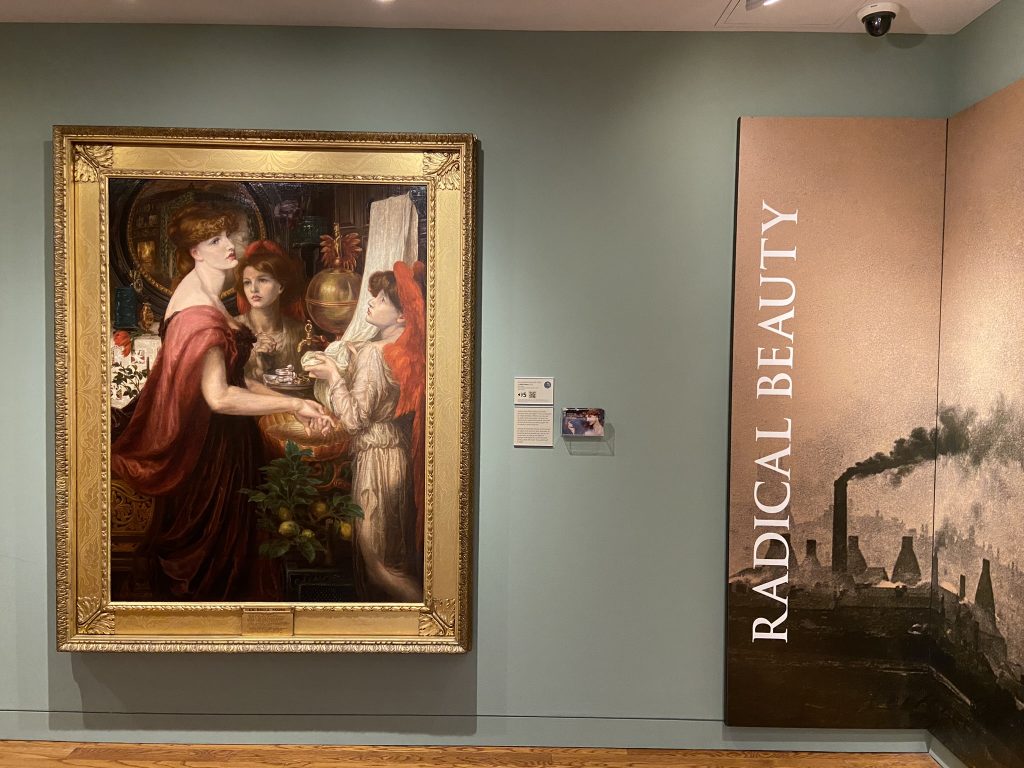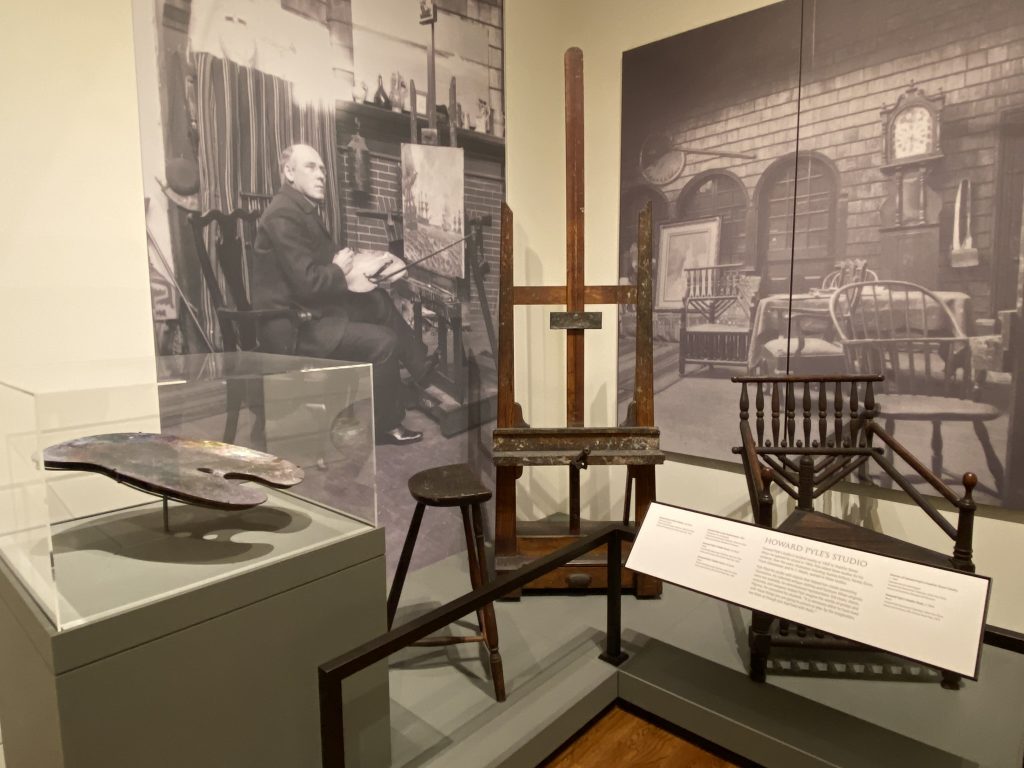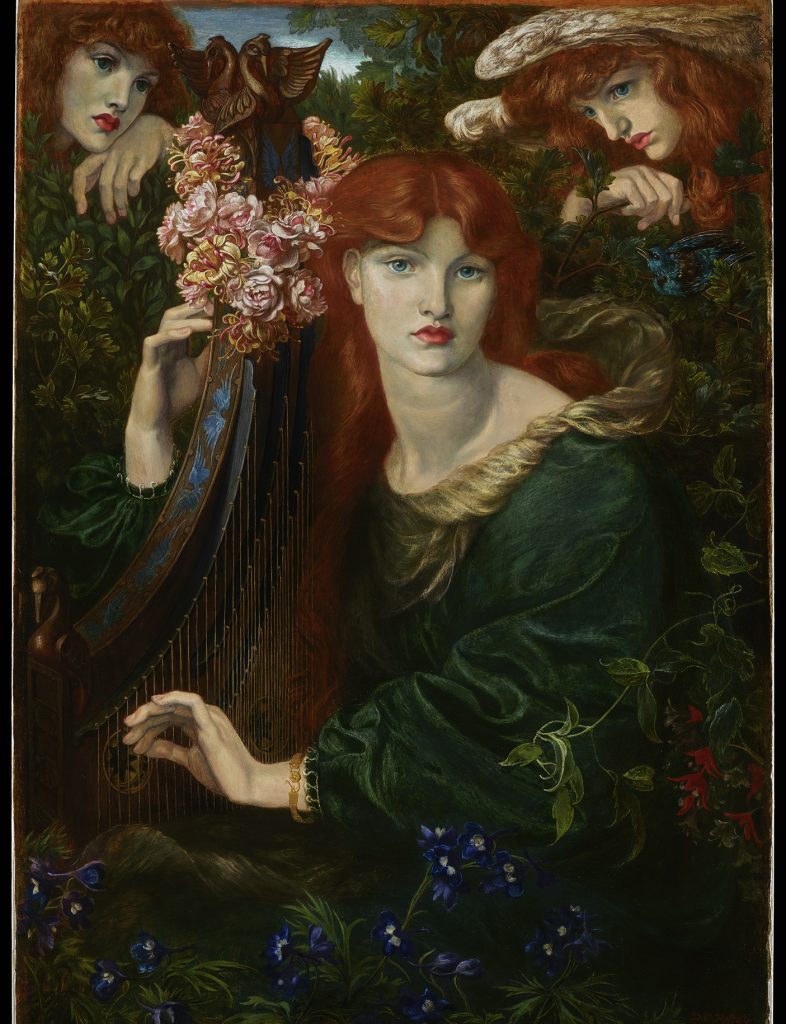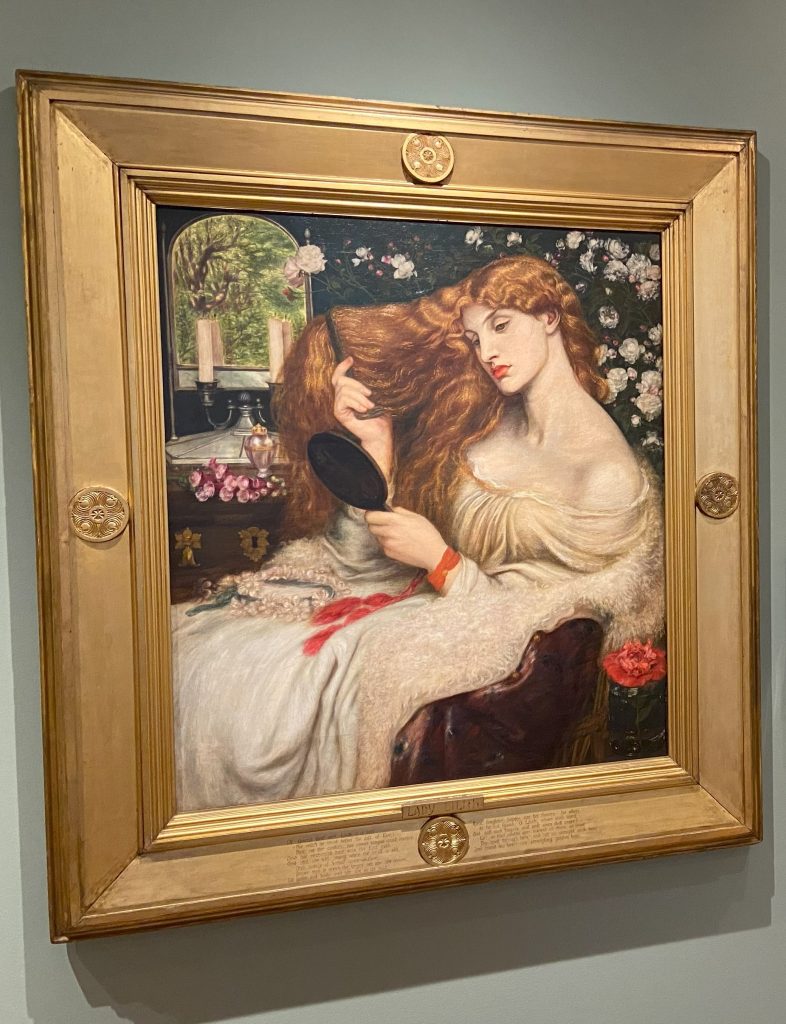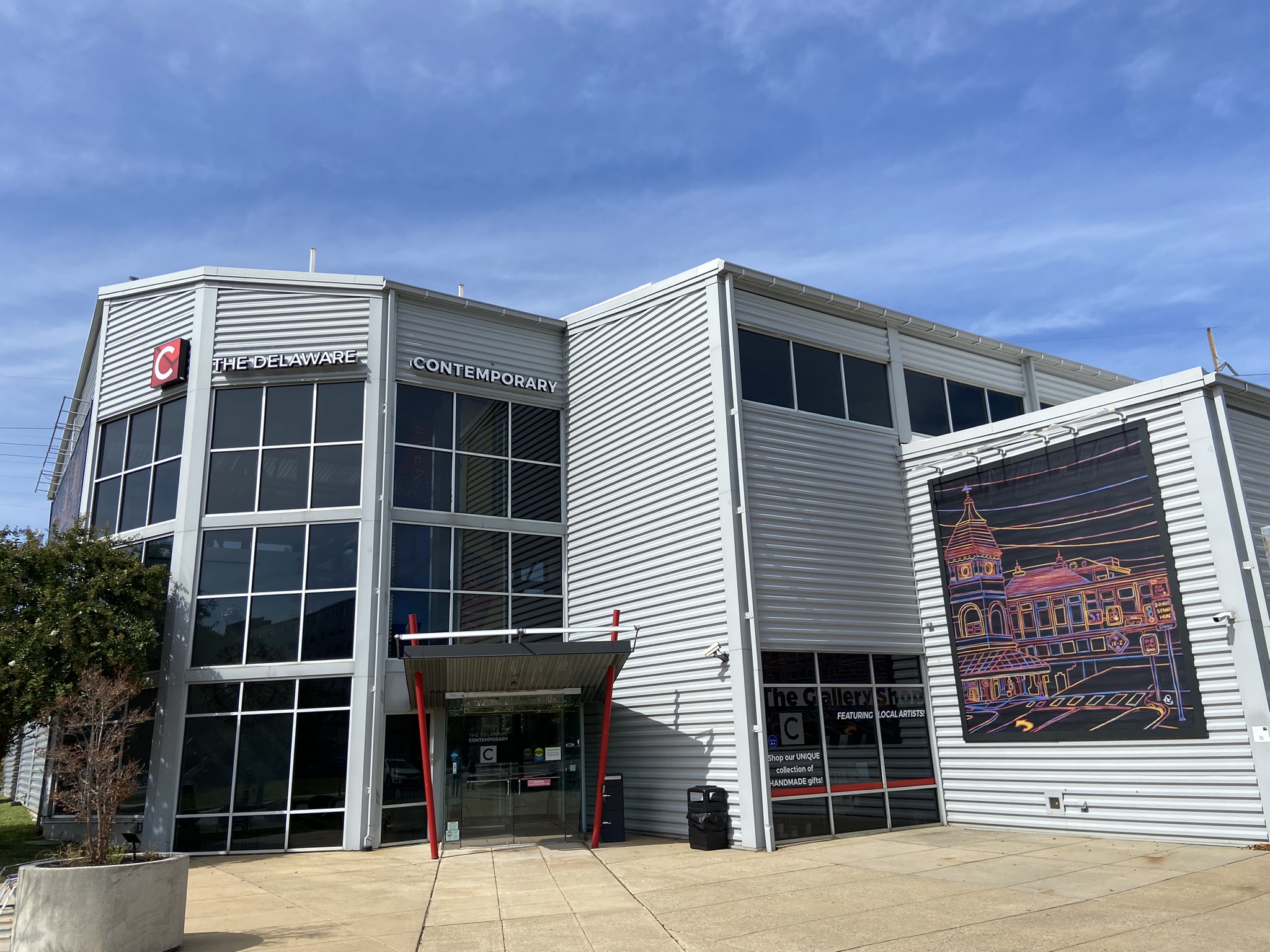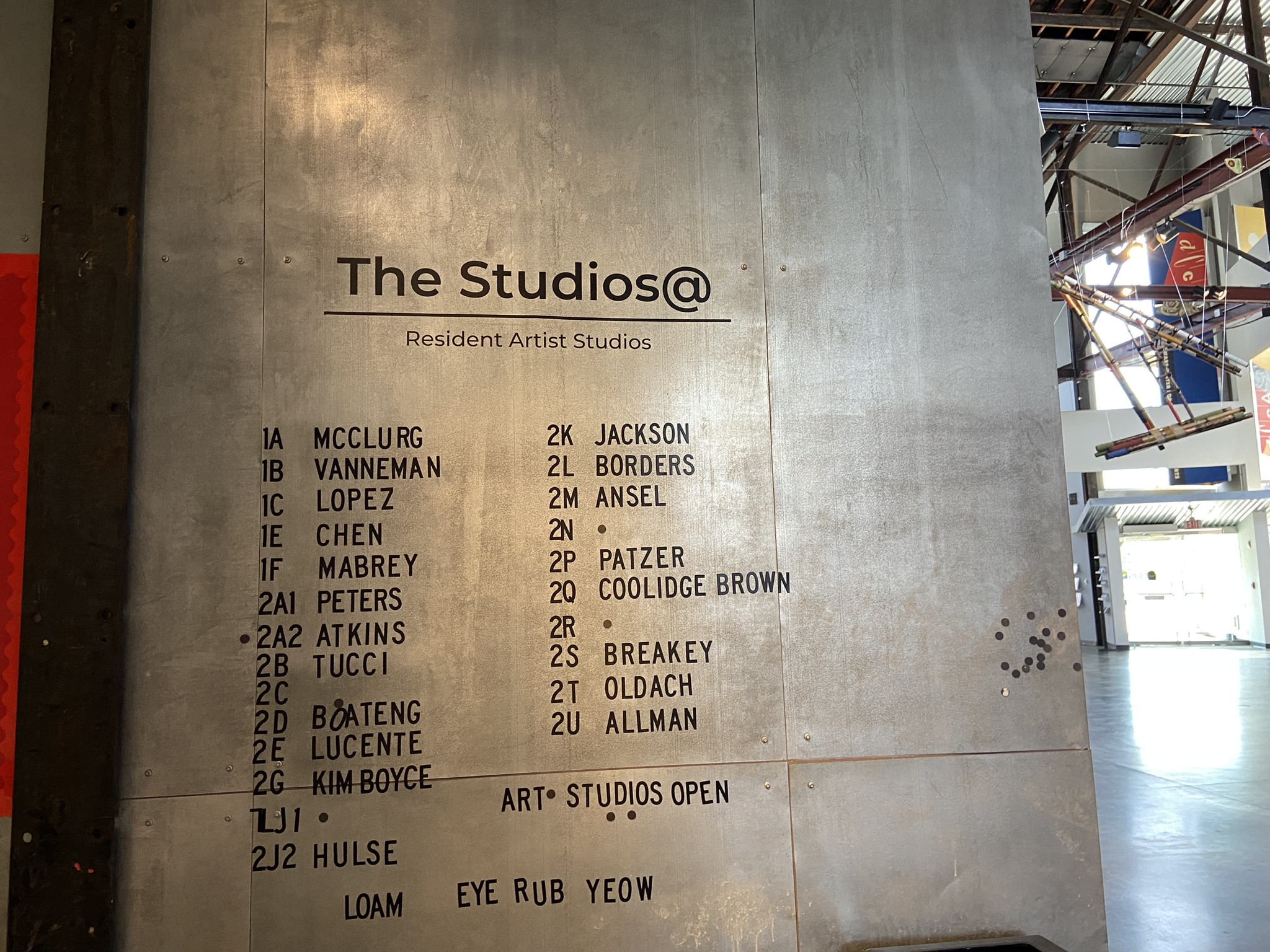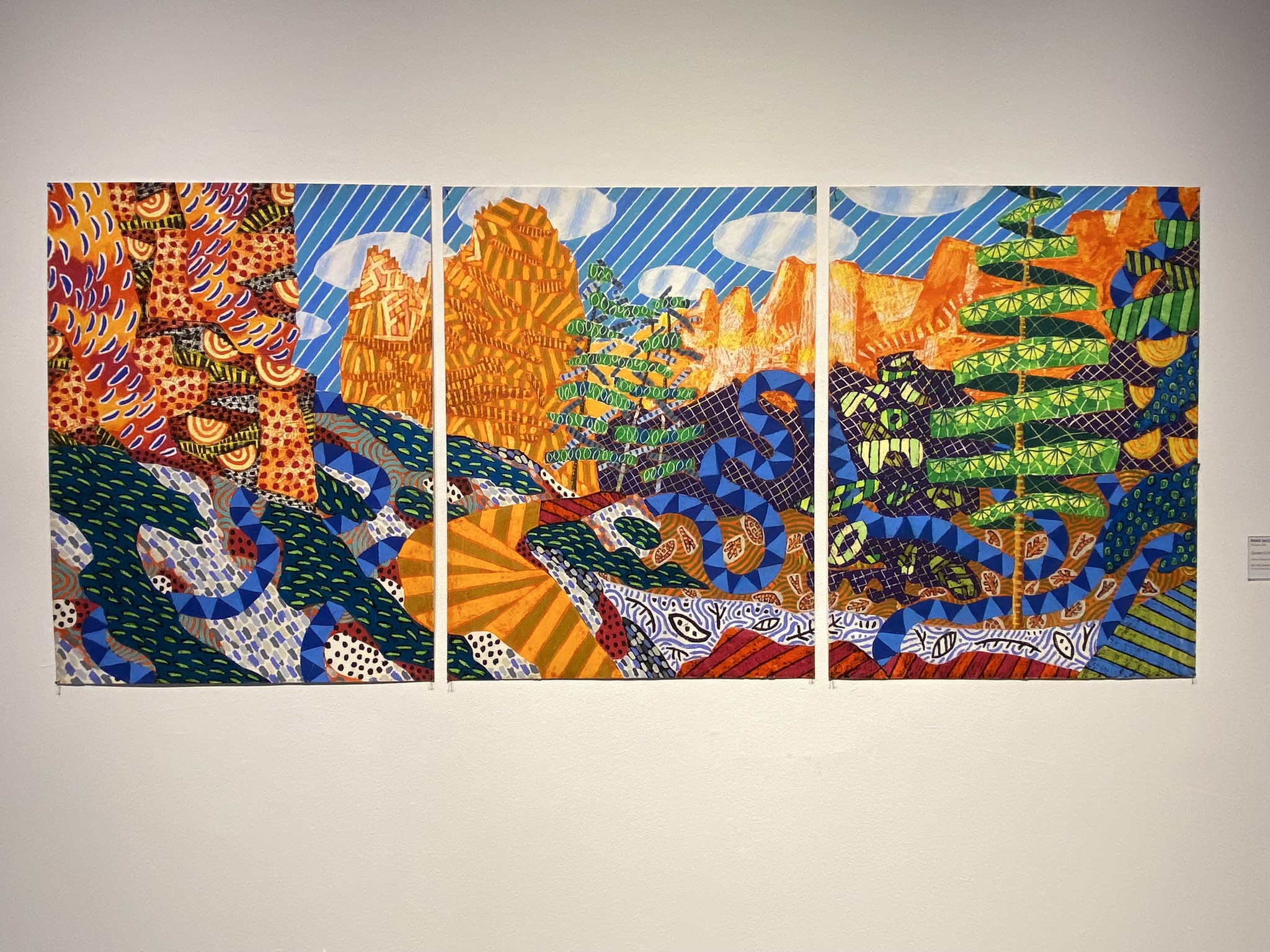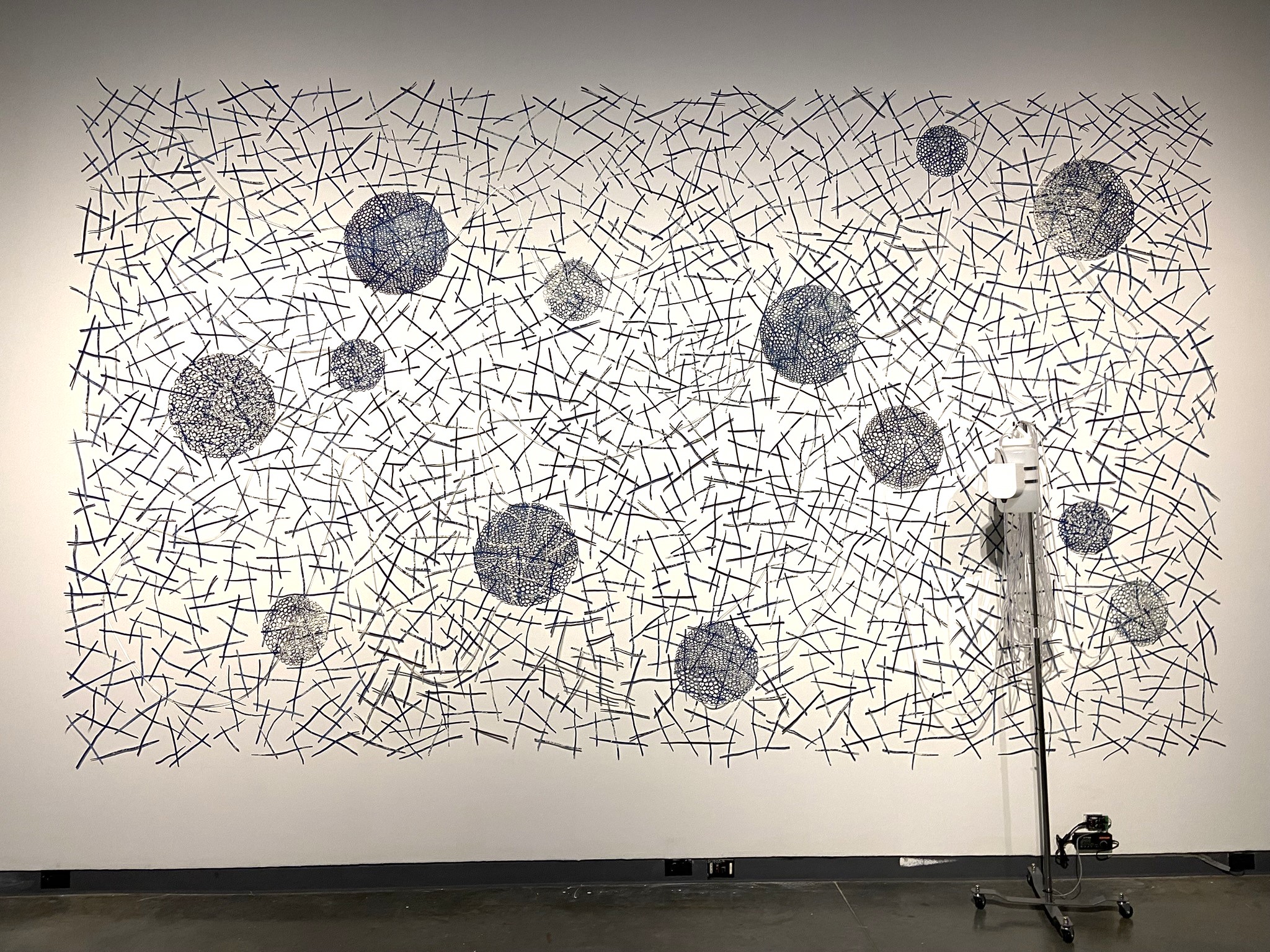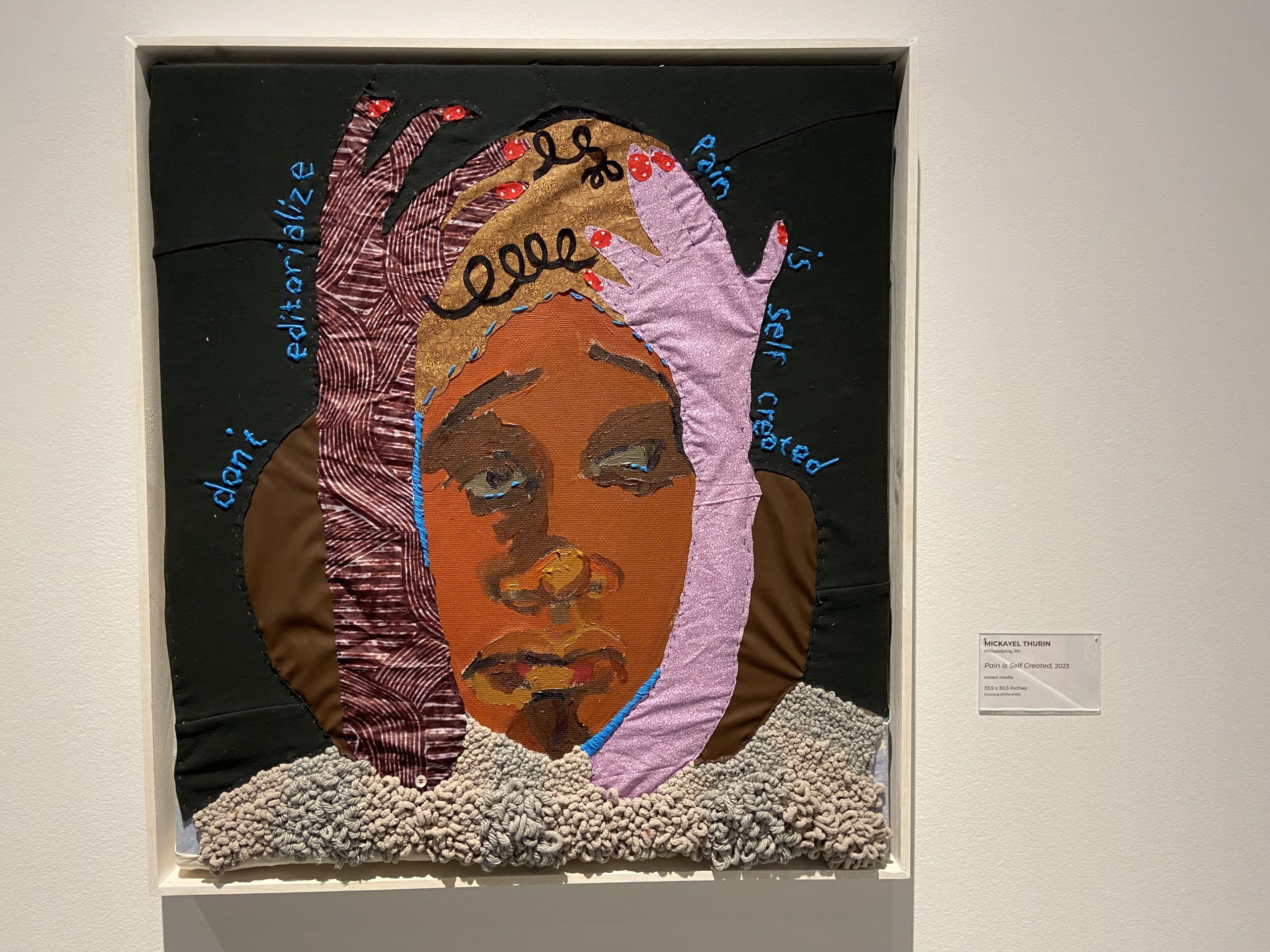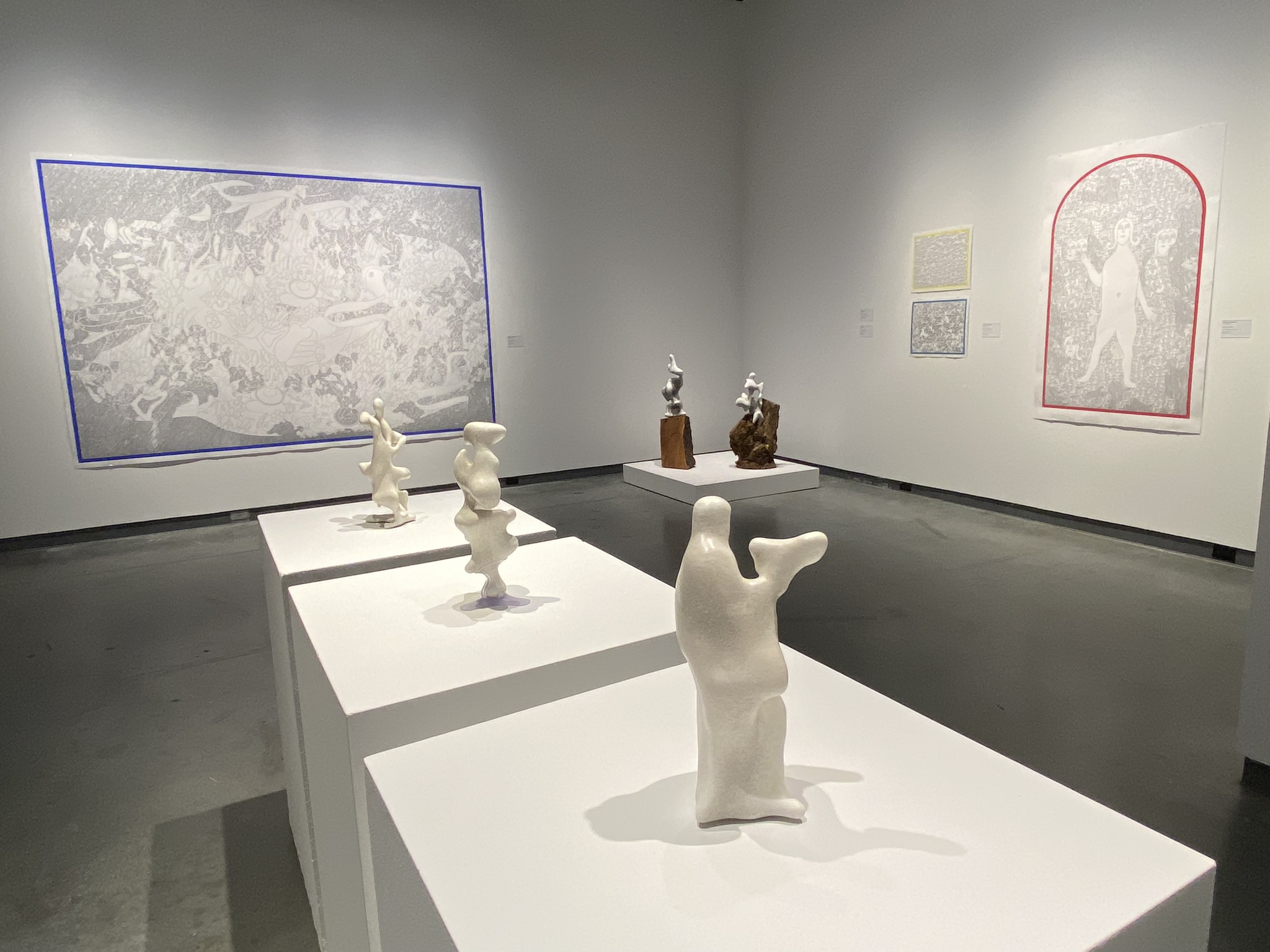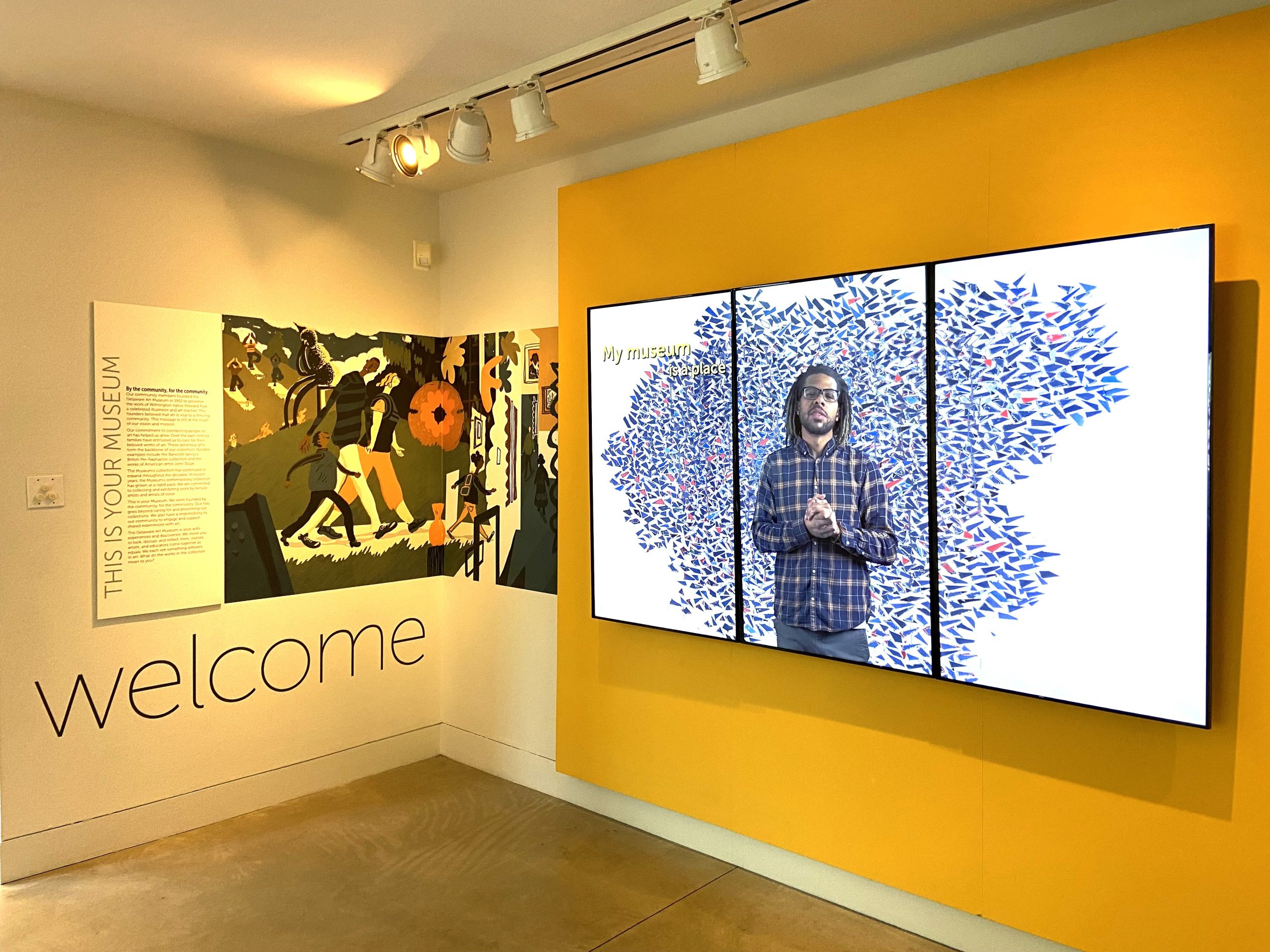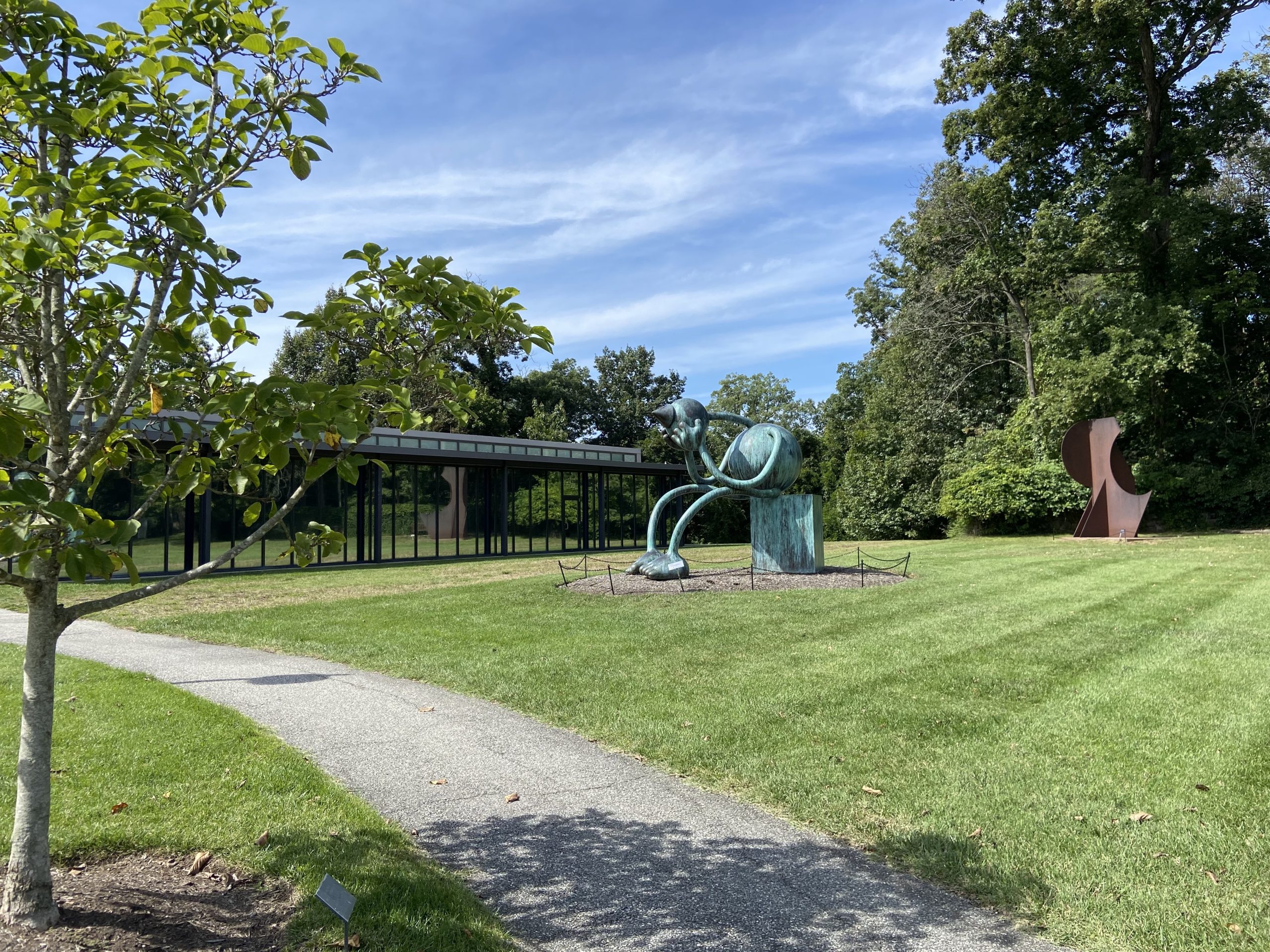Wilmington’s Delaware Art Museum, known for its permanent collections, and the non-collecting arts center Delaware Contemporary may seem different, but they share a focus: engaging with and supporting their local communities, from the general public to creators. Located off I-95, halfway between New York City and Washington, DC, Wilmington has recently earned attention for its trendy dining scene and revived waterfront. The city of 70,000 is well-known for being 15 to 30 minutes from popular Brandywine Valley sights such as Winterthur and Pennsylvania’s Longwood Gardens. These two art institutions, both lively and accessible, add another dimension to a visit, providing a fascinating look at the region’s creative past, present, and future.
Delaware Art Museum (DelArt)
This fall, DelArt will present “The Rossettis” (October 21, 2023 to January 28, 2024), an international exhibition organized in partnership with Tate Britain, focusing on the work of Pre-Raphaelite founder Dante Gabriel Rossetti, his artist wife Elizabeth Siddal, and his siblings, the writers Christina Rossetti and William Michael Rossetti. Besides works from DelArt’s outstanding holdings, the show will include art from the Tate and other institutions and collectors. This special exhibition is a wonderful time to take a look at the recently refreshed DelArt.
To appreciate the museum’s evolution, some history is useful. In 1912, a group of Delaware artists, businesspeople, and citizens founded the Wilmington Society of the Fine Arts to preserve the work of famous local illustrator and art school founder Howard Pyle (1853–1911). A 1935 donation by the local Bancroft family added British Pre-Raphaelite art, and the first art education programs started in 1943. Over time, the American collections grew, and what was now the Delaware Art Museum expanded in 2005.
During a financial crisis in 2014, DelArt sold a number of significant paintings, including Isabella and the Pot of Basil by the Pre-Raphaelite artist William Holman Hunt. In response, the American Alliance of Museums removed its accreditation, making it harder for the museum to borrow paintings. Seeking a path forward, DelArt reconsidered its roots as a community organization and adopted an inclusive approach, starting in 2018, to make the museum a “vital hub” where all feel welcome. The local community supported this actively, with more than 100 Delawareans participating in discussions with staff about the reinstallation of the main-floor permanent collection galleries. In another sign of support, in 2018 Wilmington philanthropists Gerret and Tatiana Copeland pledged $15 million to DelArt to help solidify its financial status. Special events, programs, and exhibitions now reflect the museum’s diverse audiences, and post-pandemic visitation has been strong. The number of member households and participants in the museum’s popular studio art classes has exceeded pre-2020 levels.
Visiting the Galleries
Completed in fall 2021, Del Art’s main-floor reinstallations include a colorful orientation gallery with the message “This Is Your Museum”; information panels discuss the museum’s key art and features. Barbara Radcliffe Rogers previously wrote about DelArt for Side of Culture, highlighting its renowned illustration and Pre-Raphaelite collections. Today the presentation of this art has been reenvisioned in several ways. The illustration galleries display a photomural and objects from Howard Pyle’s studio that bring the artist to life and help convey his influence on generations of artists; illustrations were once “like Instagram,” as curator Heather Campbell Coyle has noted. In these galleries and elsewhere, some works get a “Look Closely” panel that interprets details of the art. There’s also information about women artists and illustration, and a video looks at the voices and people not shown in the illustrations, notably people of color. The Pre-Raphaelite galleries, introduced with a panel entitled “Radical Beauty,” places this artistic movement in relation to 19th-century industrialization and explains why Dante Gabriel Rossetti and other artists (who may seem mainstream now) were considered radical. Overall, the changes provide helpful details and context.
The main-floor galleries of American Art through the early 1900s, called “Picturing America,” include the stunning, highlighted portrait by Raphaelle Peale of Absalom Jones, the Delaware-born abolitionist and clergyman, and a lovely gallery with paintings hung floor to ceiling in a 19th-century-style “salon hang.” DelArt also has a notable collection of art by John Sloan (1871–1951), a member of the early 20th-century group called The Eight or the Ashcan School. Sloan’s work as a realistic painter of modern urban life is presented in “Modern Metropolis,” which also discusses how these artists engaged with the issues of their day.
The Delaware Contemporary
Today The Delaware Contemporary occupies a large, striking building on Wilmington’s revived waterfront and presents more than 24 exhibitions each year of works by regional, national, and international artists. Back in 1979, though, it started as the vision of a small group of local artists and arts patrons dedicated to promoting and supporting contemporary art and artists. The Delaware Center for the Creative Arts—the museum was renamed in 2015—occupied a tired former sheet-metal factory and, later, several other spaces. In 2000, the museum bought a derelict property near I-95 on the waterfront and became part of Wilmington’s ongoing renewal. The site now holds a vibrant, 33,000-square-foot space with 7 galleries, 26 studios for artists to rent, classrooms, and a shop selling items by regional creators.
Seasonal Exhibitions
Delaware Contemporary, a non-collecting institution, changes exhibitions seasonally, so what visitors see depends on when they visit: there are always new discoveries and surprises. Admission is free, though donations are welcome, making the art accessible to everyone. Fall 2023’s main gallery shows (on view now through December 31) present 16 artists and have a broad theme of “Escape,” meaning a departure from some existing condition, whether by using the imagination, exploring emotions, or changing an artistic process. In addition, each month a gallery highlights one artist who works in the on-site studios.
The art displayed is in mediums as different as digital experiences and collages. In a group exhibition called “Other Pastures,” Maryland artist Mike McConnell interprets experiences in nature in works such as Queen’s Garden (triptych, 2017), done with wax oil crayon and ink on paper. The mixed-media pieces in “Enter the Subconscious,” all by Philadelphia artist Mickayel Thurin, are layered personal portraits that reflect the mind’s inner workings. One is aptly titled The Grouch: another 2023 portrait is Pain is Self Created. The “Undercurrents” exhibition includes ebb and flow, a 2023 installation by Maryland-based interdisciplinary artist Sara Dittrich using collaged cyanotype prints, tubing and a water pump, surround sound audio of water stream, and electronics to capture what the museum calls “the nuances of energy transmission.”
Other exhibitions reflect our complex relationship to the digital world and AI (artificial intelligence). The five artists of ArtCade have created very different interactive games that challenge viewer-players to use their imagination. In sculptures in the exhibition “Mining the Form,” Ben Snell had a computer study classical Greek and Roman sculptural forms and asked the machine to create new forms inspired by the classics. Snell then ground the computer to dust and used that material as part of a 3D-printed sculpture embodying the new forms.
The Museum and the Community
Delaware Contemporary promotes the region’s working artists, including through its ArtSource artist registry, which is used to help select artists for exhibitions and is available to collectors and galleries looking to discover contemporary artists. More than 200 artists are currently listed. Besides The Studios @, its 26 artist studios, the museum offers an artist-in-residence program called ARC, focused on emerging local BIPOC artists. It also supports the development of young artists through CAC (Creative Arts Club), a program for art-focused high school students, whether as a group or as individual art students, that provides access to learning resources and networking opportunities.
Art-making classes and special events fill Delaware Contemporary’s calendar. The museum participates in Wilmington’s longtime monthly Art Loop, on First Fridays each month, with art conversations, special events, and food trucks and cocktails. A+ Nights add comedy, music, and more to a visit.
Side Dish
Kaffeina, an intimate café in the Delaware Art Museum that’s open to the public, has an enticing list of coffee (from Philadelphia’s La Colombe roasters) and tea options. Its fresh food choices are appealing too, such as a beet salad, teriyaki chicken skewers, curried chicken salad on a croissant, and a quiche of the day. In downtown Wilmington, minutes from either museum, Le Cavalier at the grande dame Hotel DuPont is an upscale modern French brasserie in a stunning space; Bardea (terrific Italian fare for dinner) helped launch Wilmington’s buzzy culinary scene. At modern DE.CO food hall, diners choose among eight restaurants for a quick lunch; Pizzeria Bardea is a favorite.
Linda Cabasin is a travel editor and writer who covered the globe at Fodor’s before taking up the freelance life. She’s a contributing editor at Fathom. Follow her on Instagram and X (formerly Twitter) at @lcabasin. All photos that are not credited were taken by Linda Cabasin.
Featured Image: Dale Chihuly’s blown-glass creation Persian Window greets viewers near the museum’s entrances.

